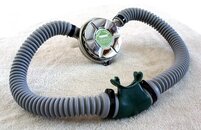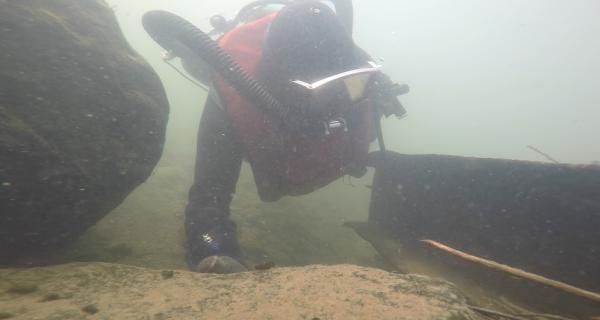SurfLung
Contributor
Another Twist... "Faux" Vintage Regulator Projects
- I've built "Faux 50 Fathom" and "Faux Jet Air" double hose regulators using The Scuba Museum (Rob's) reproduction cans, hoses, and even Mistral guts. I also built the "Faux" Voit VR1 pictured below... Repaired and re-chromed cans, repro label, hoses, etc... With Mistral guts.

- These are vintage designs at the component level but not authentic due to repro-parts and substituted parts. I consider them vintage because they are vintage STYLE.
- I've built "Faux 50 Fathom" and "Faux Jet Air" double hose regulators using The Scuba Museum (Rob's) reproduction cans, hoses, and even Mistral guts. I also built the "Faux" Voit VR1 pictured below... Repaired and re-chromed cans, repro label, hoses, etc... With Mistral guts.

- These are vintage designs at the component level but not authentic due to repro-parts and substituted parts. I consider them vintage because they are vintage STYLE.






